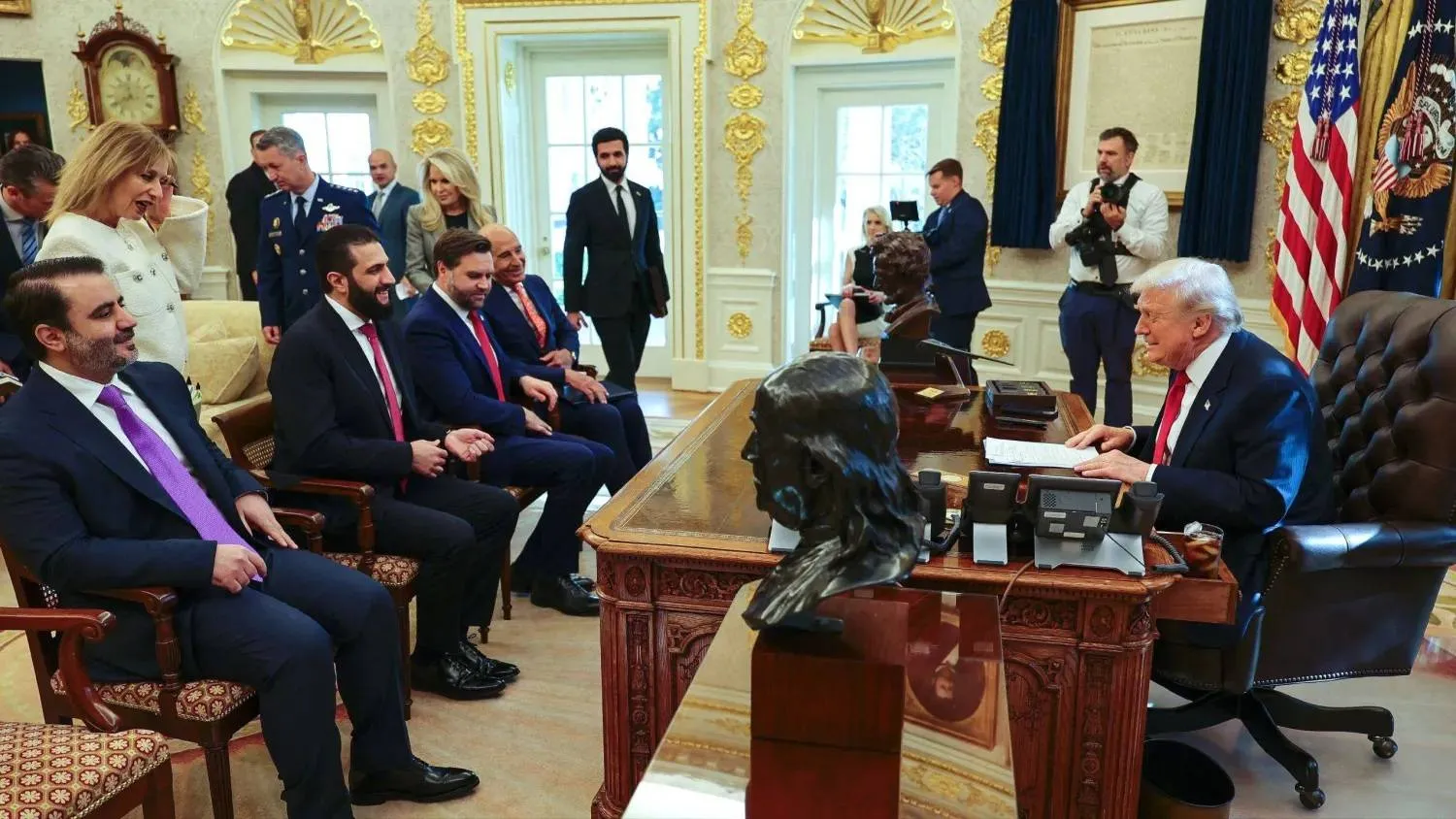Years after their parents left Belgium and France to join ISIS, 18 children were taken from squalid refugee camps in Syria and flown recently to new lives in Belgium and France, drawing widespread attention in those countries as examples of Europe grudgingly accepting the children of its extremists.
But they were the exceptions, not the rule; estimates vary, but 1,300 or more children of European fighters and followers of the self-professed “caliphate” remain trapped in Syria and Iraq. While some European governments have softened their stands on repatriation, marginally, it is still unclear when — or even whether — the children might be able to leave.
The recent airlifts, which took place only after months of negotiation and vetting of the children, illustrate how resistant Western countries still are. On those flights in June, France and Belgium received only children whose extremist parents were dead; most are orphans, and some were taken to ISIS lands by their fathers, who were killed there, while their mothers remained in Europe.
Days earlier, a Belgian team had set up a makeshift clinic in the overcrowded Al Hol camp in northeastern Syria, which holds thousands of current and former ISIS adherents and their family members, providing medical care and psychiatric assessments for the children of Belgian nationals.
“They wanted to come to Belgium,” said Heidi De Pauw, a member of the team. “They kept saying to us, ‘We want to come home.’”
But De Pauw, the chief executive of Child Focus, a center for missing and sexually exploited children, had little hope to offer them, in part because most of them had at least one living parent with them in the camp.
With few exceptions, European countries have refused to take back the adults. The Kurdish authorities who run the major camps have made it plain that they do not want to separate families, and do not want to be left holding stateless parents.
The issue is politically charged across Europe. ISIS survivors, even children, are seen as a threat, no matter how reformed they appear. Theo Francken, a former secretary of state for asylum and migration in Belgium who is a lawmaker for a conservative Flemish party, denounced the recent repatriation, warning that it might signal the return of all ISIS children.
“I say no, no, no,” he tweeted. “Their parents are no longer fellow citizens.”
When ISIS controlled parts of Iraq and Syria, an estimated 41,000 people from other parts of the world left their homes to join the group — about one-third of them from Europe, including the Caucasus. Some took children with them and others had children there. Thousands were killed and thousands more managed to slip away, many of them making their way home and risking prosecution as terrorists.
But as ISIS lost the last of its territory early this year, tens of thousands of survivors crowded into refugee camps that were built for far fewer people. At least 29 children died just in traveling to Al Hol or soon after arriving at the camp, the World Health Organization reported in January.
Violence, disease and despair are common there, and food, medicine — and sometimes even clean water — are scarce. Gerrit Loots, a psychologist who led the Belgian team at Al Hol, said that women still faithful to ISIS threw stones at those who had renounced it.
About 3,000 women and 7,000 children from countries other than Iraq and Syria are held at Al Hol, according to the Kurds and the group Human Rights Watch. Many of them want to return to their home countries. The largest contingents are thought to be Russian and French, while Germany, the Netherlands and Belgium are also among the major nations of origin.
Some women who joined ISIS soured on it, but others believed fervently and even took part in atrocities. Children were indoctrinated and sometimes pressed into service. It can be difficult to determine who is guilty of crimes, who still adheres to radical ideology, and who might change with counseling.
A very few countries, including Kazakhstan and Kosovo, have repatriated many of their people from ISIS territory, including adults. Turkey, Russia and a few others have taken in significant numbers of children recently, mostly orphans, though more remain.
But most countries have taken a harder line. Britain has gone so far as to revoke the citizenship of people who want to return. Many European countries, after first refusing, have said they would take in children, but it has been slow going.
The New York Times









